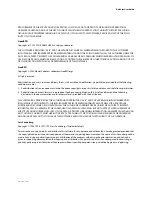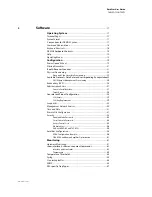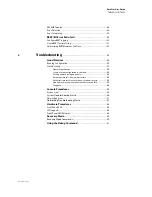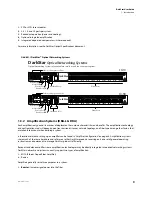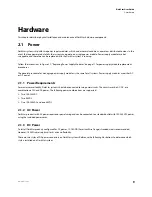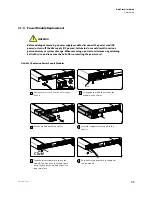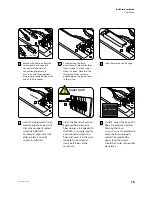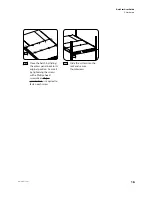
2
DarkStar User Guide
1: Introduction
www.xkl.com
1.2.2 Network Topology
In general, most networks are based upon point-to-point or ring topologies. However, DarkStar network configuration is
flexible and can be designed to match virtually any business need.
•
Network topologies may be categorized as point-to-point or ring systems.
•
Point-to-point topologies connect two endpoints.
•
Ring topologies connect all network nodes in a closed loop.
•
While the two topologies function differently, they are fundamentally the same with the distinction being a ring topology
forms a closed loop.
•
The minimum network design must connect (2) endpoints, or conversely, may be built out to accommodate designs as
complex as needs require.
•
Add-drop service may be incorporated at any node.
•
Path protection (redundancy) is possible with the inclusion of a second fiber pair when using redundant DarkStar systems.
•
Amplification can be included in network design to extend transmission distances.
1.2.3 Optical Budget
Every DarkStar network is built around an optical budget that optimizes the amount of optical power required to transport
light over required distances in a customer network. An optical budget can be calculated using site installation metrics to
determine the optical power required in a system.
It is often assumed that the more optical power a system offers, the better it will perform. In the world of optical networking,
too much optical power can cause just as many problems with signal quality as too little. Therefore, it is important that optical
networking equipment be designed to operate within a defined set of parameters. DarkStar systems can be configured
accordingly with correct specifications.
1.2.4 Dark Fiber
In designing and building an optical network, acquiring fiber access is an important consideration. Dark fiber is becoming
increasingly available through a number of sources, including private network operators and municipalities, among others.
There are also companies that specialize in assisting enterprises to locate or even install fiber services.
1.3 Hardware
DarkStar technology currently comprises three product families:
•
Tunable Optical Networking Systems (DXT & DST) with DarkStar Mux Demux (DMD) devices.
•
Optical Networking Systems (DXM & DSM).
•
Amplification Systems (DRA & DBA-L).
•
Band Combiner Devices (DBC).
1.3.1 Optical Networking Systems (DXM & DSM)
DarkStar optical networking systems are responsible for transmission and reception of data over fiber-optic cable and form
the core of any DarkStar network. The primary features of DarkStar optical networking systems are:





